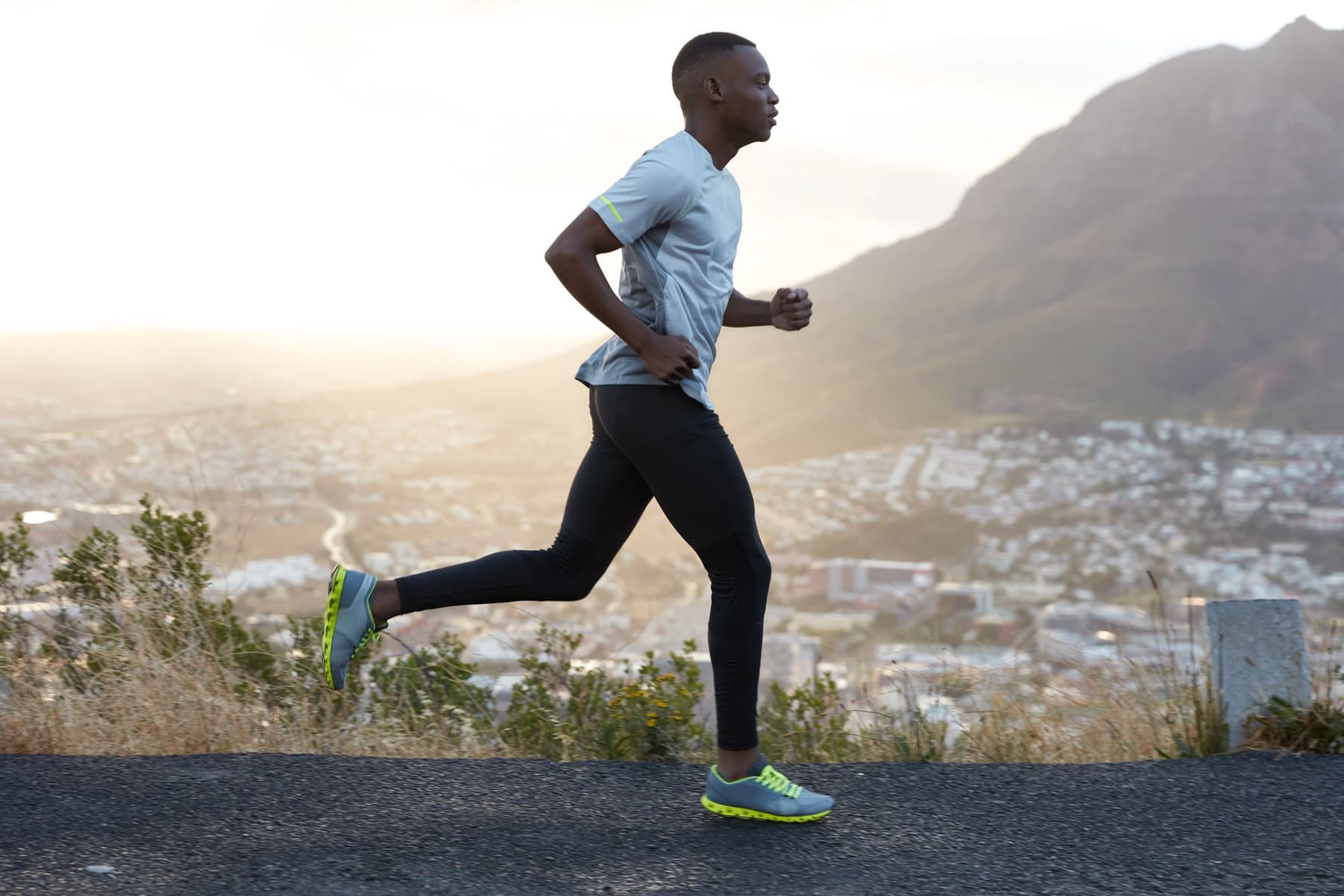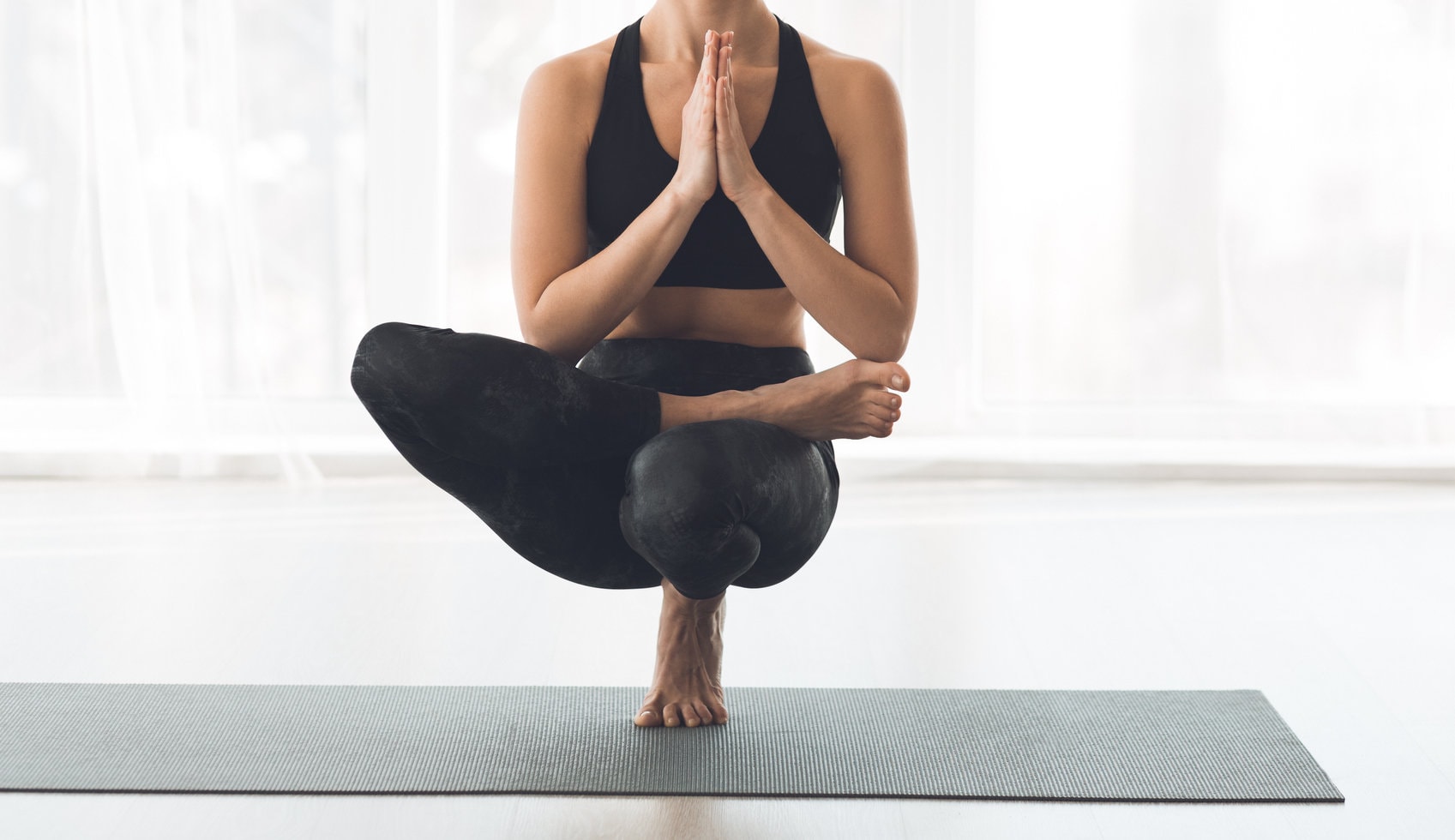Working out can be hard work. Figuring out your workout routine can be even harder. Between all the different types of workouts to choose from, anyone would be confused. Especially when what will suit will change from person to person, meaning you can’t just copy what your mate does. The easiest way to overcome such troubles is normally to get a personal trainer, who can help create a personalized routine just for you and your goals. And for some people this would be enough. But if you’re more of a curious cat, then you probably want to understand all the differences and nuances between the high and low impact exercise types and whether you should do cardio or weights and so on. If so, then what better place to start than here?
High and Low Impact Exercises

Lets begin with the simplest difference, what are the differences between high and low impact exercises?
High Impact Exercise
High impact exercises are the kind where you’re constantly applying direct force onto your legs. These can be best seen in any sport where we have to run or jump. Soccer, football, tennis, basketball, pretty much any sport where you’re running can be considered high impact. Running, incidentally, is also a high impact exercise.
High impact also tends to mean high intensity, making high impact exercises a good way to burn calories and get your blood pumping. High impact exercise also helps improve balance and coordination and has even been found to help prevent obesity, diabetes and some cancers.
Low Impact Exercise
Following on from high impact exercise are the low impact exercises that put less or no pressure on our feet. To continue using sport as an example, you might consider activities such as swimming, cycling, or rock climbing, where our foot are either more static or the pressure is more evenly distributed throughout our body.
Its really as simple as no running, no jumping, no high impact.
However, low impact exercises does not need to mean low intensity. Our prior sporting examples are all instances that can be a real workout if done right, or can be more relaxing if wanted. Low impact exercises simply give more room to choose your intensity making them great starting points for any fitness journey.
4 Different Types of Workouts
Now with the boring definitions out the way, lets begin talking about more specific types of workouts. If you’re still unsure where to start, or unconvinced about the merits of working out, maybe wait and read the benefits of these 4 different ways to stay in shape before you make your mind up.
1. Cardio Training

Cardio Training is a broad exercise type used to describe any kind of workout dedicated to raising your heart rate. And if that feels non-descriptive and vague then here are some examples: running, cycling, swimming, dancing, hopefully you get the idea.
Cardio training can then be further defined into two further sub categories, aerobic and anaerobic. Biology students reading might already recognize these terms as defining reactions respectively involving or not involving oxygen.
In the world of exercise Aerobic workouts are endurance exercises where you have to maintain a set pace or motion for an extended time. These types of workouts have you use a constant intake of oxygen to create energy, hence the importance of it being more stamina based. This in turn helps improve your overall stamina and lower blood pressure. Some examples of aerobic exercise types include dancing, swimming, and cycling.
As you might have guessed, Anaerobic cardio exercises are therefore the more short term partner to the Aerobic exercises. These workout types involve intense immediate bursts of energy and have our body break down the glucose stores to achieve it. Typically more intensive, Anaerobic exercises put a higher strain on the body making them good for developing your cardiovascular health and for losing weight. Examples of anaerobic exercises include sprinting, jump rope, or weightlifting.
2. Weight Training

Compared to the other types of workouts listed, weight training needs little explanation. But lets run through it anyway. Weight training involves lifting weights with either your arms or legs in a set number of reps. This in turn helps us to improve our muscles easily through dedicated usage of just those sole muscles. Weight training can help improve the size, strength, and endurance of our muscles, builds posture, as well as also provide an aerobic cardio workout.
Through repeated strain and a gradual improvement in both weights and reps as your prior routine becomes easy for you. Increase until difficult, rinse and repeat.
Just remember that weight training is a gradual process and not to bite off too much too quickly.
3. Flexibility

Have you ever wanted to touch your toes? How about bend over backwards? Maybe just lick your elbows?
Well we can’t promise all of those, but with flexibility training we can definitely set you on the right path. The main forms of flexibility training tend to involve stretching out those muscles through exercise types such as Yoga or Pilates. Yoga especially can come in many different flavours, so don’t be discouraged if the first one you try isn’t for you.
These exercise types help to stretch out our muscles by pushing them into positions that they would never go otherwise. And so, like with weight training, through steady practice our muscles become more flexible and gradually what was once difficult becomes easy. This helps to improve our flexibility, mobility, and release both psychical and mental tensions.
Flexibility training is also incredibly low maintenance and easy to incorporate into your daily routine without having to go to the gym. At most you’ll probably just need a mat and maybe a ball or wall depending on the stretches.
4. Sports
If all these methods feel boring and stale, then you might want to consider sports as your way of working out! Ok, yes if you’re aiming for the top of the top, then just doing sports isn’t enough to get you looking like an Olympian. But, if you’re a person who can’t stand repetition and needs their workout to be fun, or even just someone who wants to work out while hanging with some mates, then what better to work out than with a game of footie?
Sports as a form of workout can cover a wide variety of mediums. The most common thoughts are likely high impact team sports like Soccer, Rugby, Basketball and so on. However, the wide umbrella of sports can also cover more solo sports such as Bouldering, Swimming, or even some forms of Dance as well.
Whether its as a means or as an end-goal, the wide field of sports should not be discounted as a fun and social way to stay in shape.
Where to Start?
If you’re still unsure of where to start, then you might want to sign up with a personal trainer. A personal trainer will help you draw up a dedicated training plan, often uniquely specialized to helping you fulfill your goals. In which case Avaana can help! With Avaana you can compare your local personal trainers, practitioners, or gyms, to help you find the best one for your needs. Book today and even receive up to 15% off your first booking!
Be well, feel good, and smile a lot!



